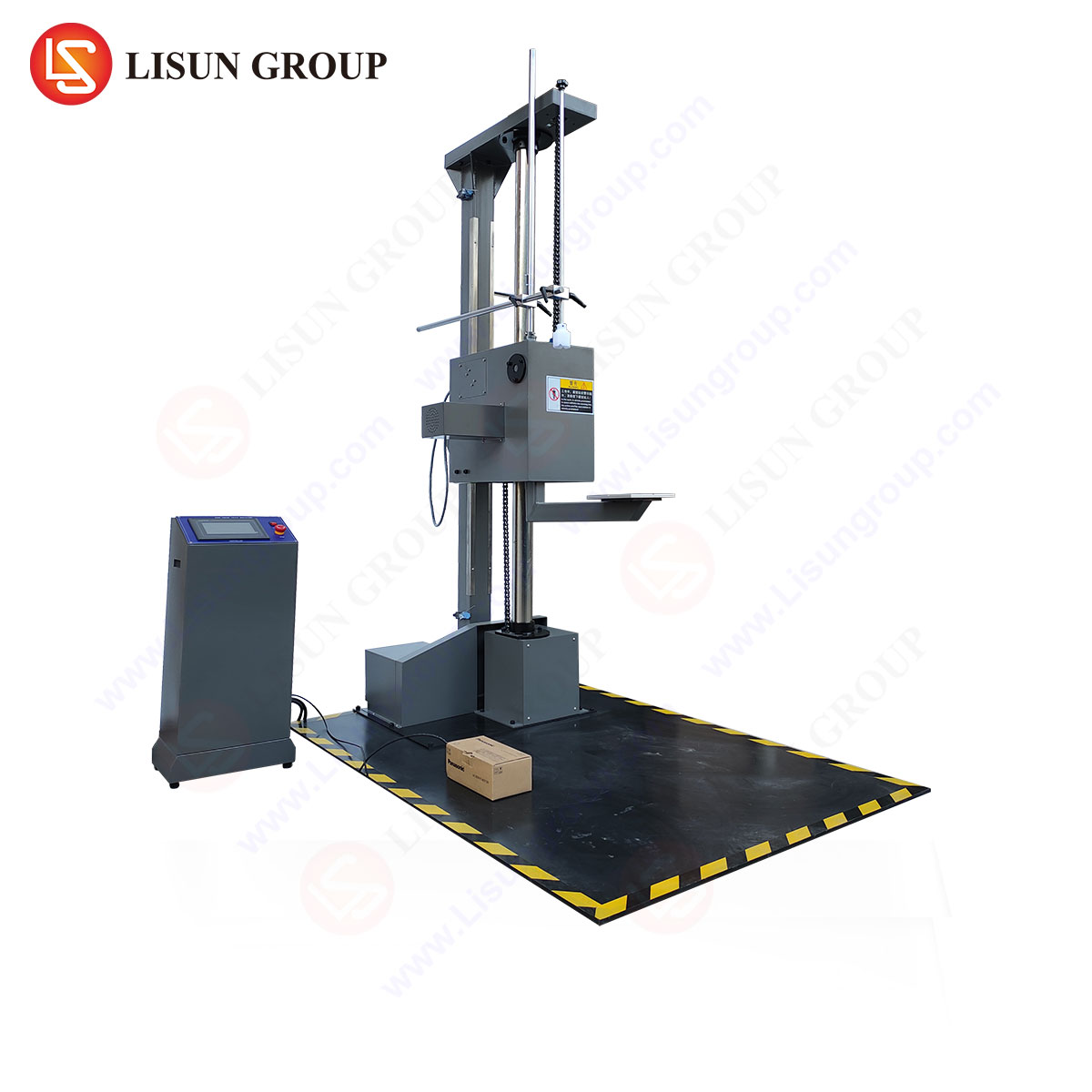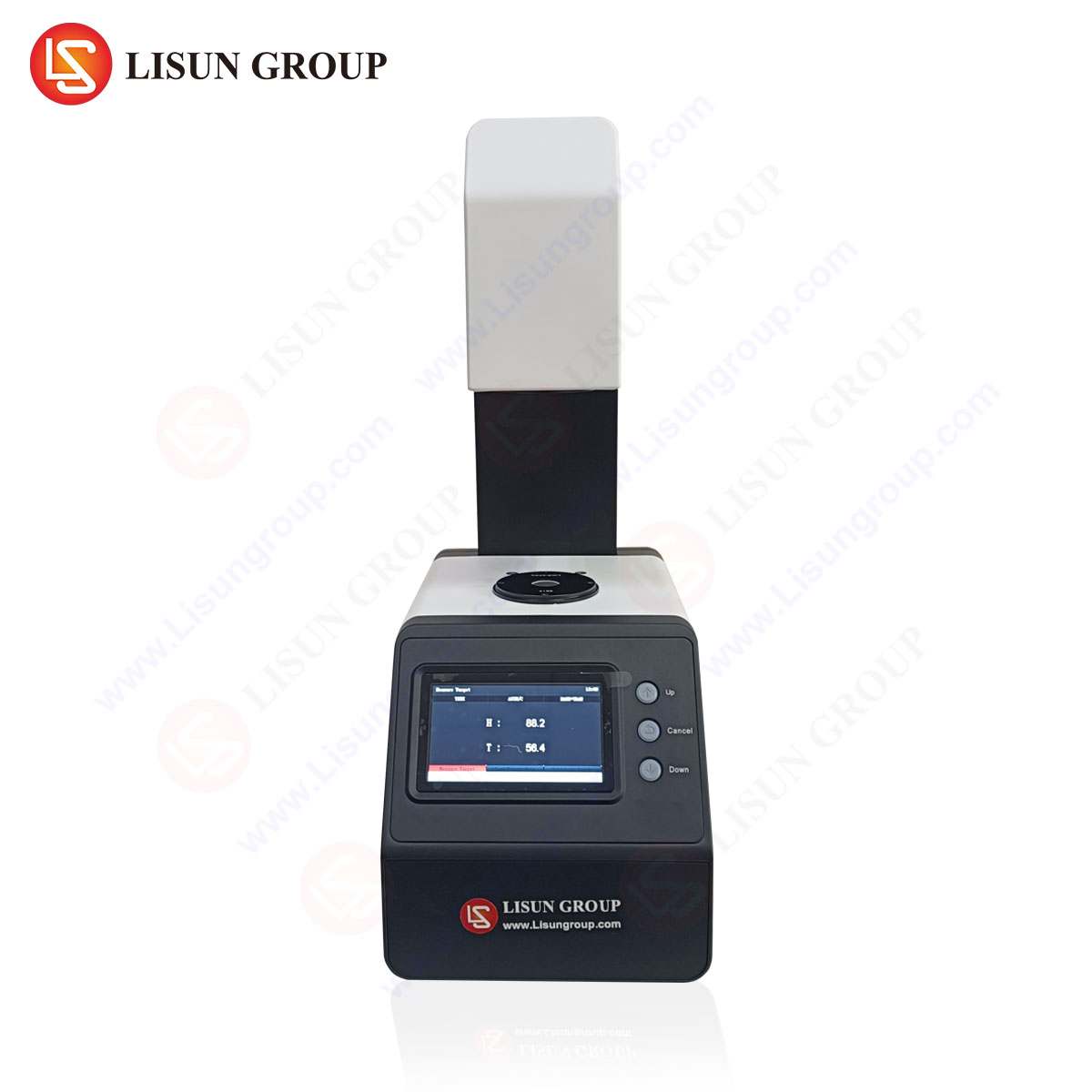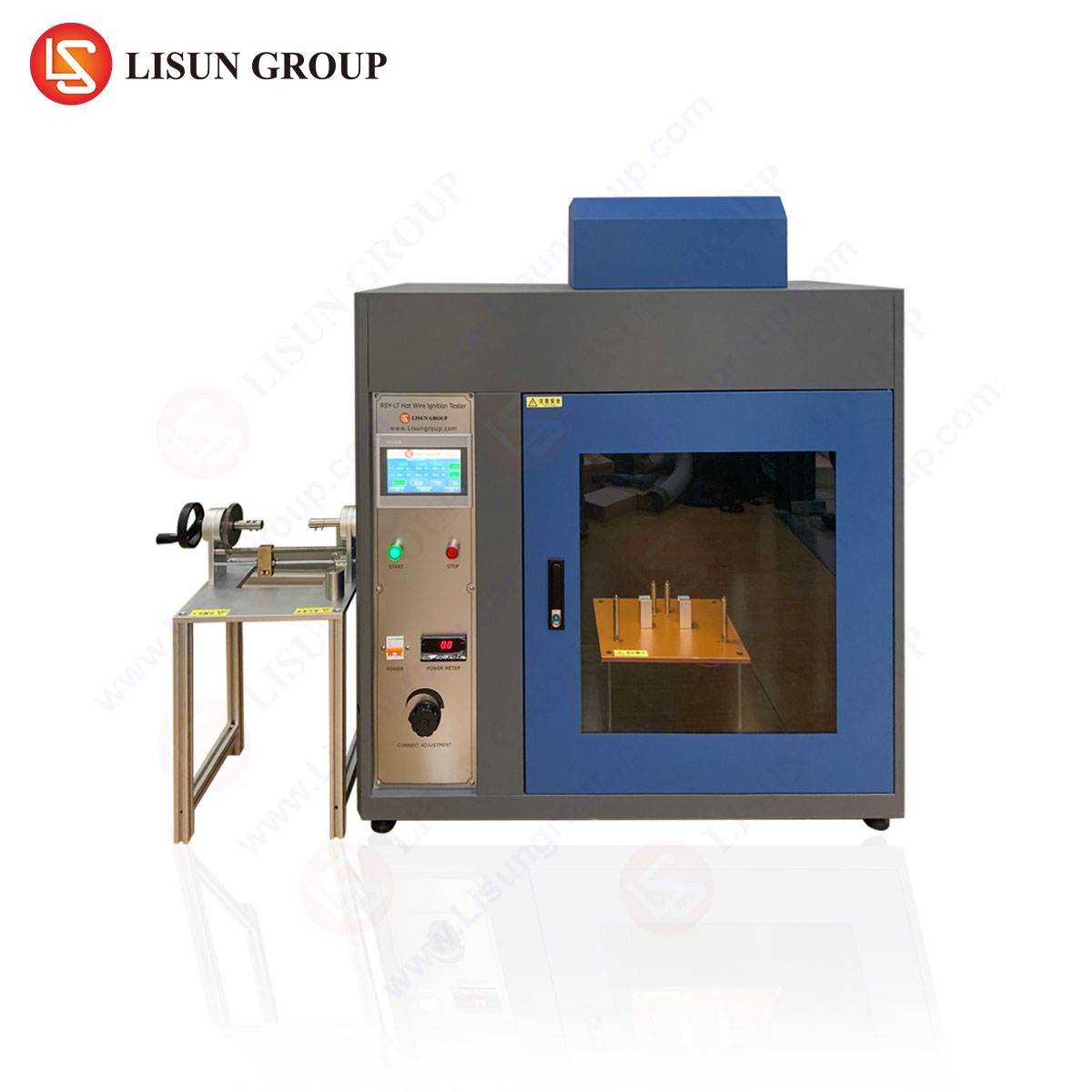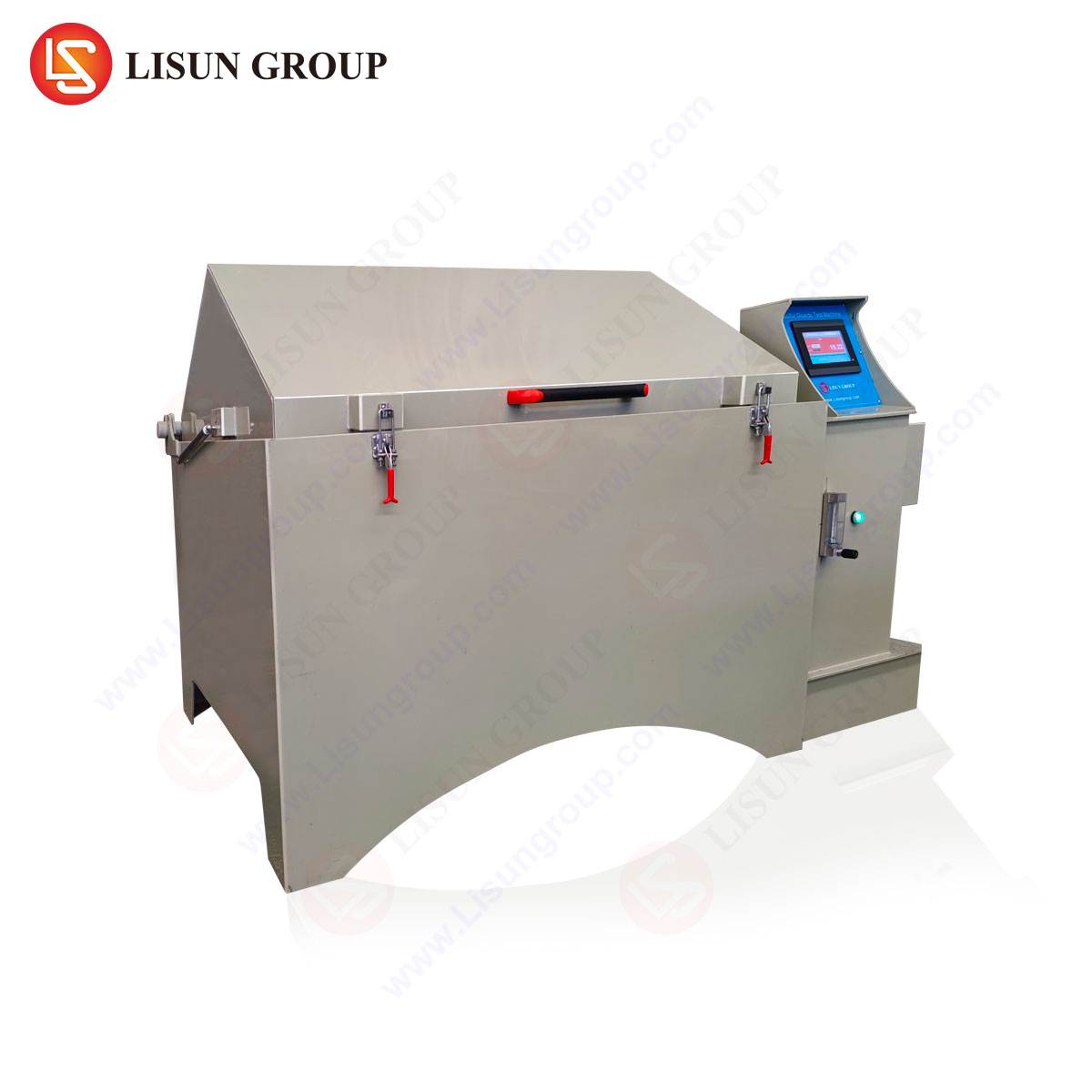An Analytical Overview of Flame Propagation Testing for Wire and Cable
The proliferation of electrical and electronic systems across critical sectors—from aerospace and medical devices to industrial automation and consumer electronics—has placed an unprecedented emphasis on material safety. Among the most significant risks is the potential for electrical cables to act as conduits for flame propagation, transforming a localized fault into a catastrophic event. The International Electrotechnical Commission (IEC) 60332 standard series provides the definitive international framework for assessing the flame retardant properties of wires and cables. This document offers a comprehensive technical analysis of the IEC 60332 standard, its testing methodologies, and its critical role in ensuring safety across diverse technological domains.
The Fundamental Principles of Flame Retardancy in Cable Design
Flame retardancy in cable construction is not an intrinsic property of a single material but a system-level performance characteristic achieved through deliberate engineering. The primary objective is to inhibit the initiation and spread of flame along a cable’s length, thereby maintaining circuit integrity for a defined period and limiting the release of heat, smoke, and toxic combustion products. This is accomplished through several synergistic mechanisms. Endothermic degradation involves the use of additives, such as aluminum or magnesium hydroxides, which decompose upon heating, absorbing significant thermal energy and cooling the substrate. Char formation leverages intumescent or ceramic-based compounds that, when exposed to flame, swell to create an insulating char layer that protects the underlying material and impedes the release of flammable volatiles. Finally, gas phase radical quenching utilizes halogenated or phosphorus-based flame retardants that release chemical radicals upon decomposition, which interfere with the exothermic combustion reactions occurring in the flame front. The IEC 60332 standard provides the empirical means to verify that these design principles perform as intended under standardized fire conditions.
Deconstructing the IEC 60332 Series: A Tiered Approach to Fire Testing
The IEC 60332 standard is not a monolithic document but a multi-part series that delineates a graduated scale of testing severity, correlating to the perceived fire risk of the installation environment. The series is broadly categorized into tests for small-diameter single cables or insulated wires (IEC 60332-1 and -2) and more rigorous tests for bunched cables (IEC 60332-3).
IEC 60332-1 (Test for a single vertical insulated wire or cable) subjects a single, vertically mounted specimen to a defined propane burner flame for a fixed duration. The pass/fail criterion is straightforward: the extent of charred or damaged material, measured from the lower edge of the top fixative, must not exceed a specified limit. This test is foundational, assessing the inherent flame-retardant properties of the basic cable construction.
IEC 60332-2 (Test for a small single vertical insulated copper wire or cable) is a more severe variant for small-diameter conductors. It involves a pre-deformation of the specimen and the application of a standardized flame, followed by the dropping of a molten glass bead to simulate a secondary ignition source. This test evaluates the robustness of the insulation material against dripping and sustained flaming.
IEC 60332-3 (Test for bunched wires or cables) represents the most comprehensive and technically demanding assessment within the common series. It simulates a real-world scenario where multiple cables are installed in bundles, trays, or conduits, creating a significant fuel load. The test apparatus involves a large-scale chamber where cable samples are mounted vertically on a ladder-like support. A high-energy propane burner simulates a severe fire source. Performance is categorized into classes (e.g., Category A, B, C, or D) based on the volume of non-metallic material per meter of cable and the maximum allowable extent of flame damage after the burner is removed.
The RSB-WC Wire Cable Flame Tester: Precision in Compliance Verification
To generate reliable and reproducible data for IEC 60332 compliance, testing apparatus must exhibit exceptional precision, durability, and adherence to the standard’s stringent geometrical and operational parameters. The LISUN RSB-WC Wire Cable Flame Tester is engineered specifically to meet these exacting requirements, serving as an instrumental solution for laboratories certifying products across the aforementioned industries.
The RSB-WC is designed to conduct tests in full compliance with IEC 60332-1, IEC 60332-2, and other analogous national standards. Its construction is centered on a robust metal frame housing a controlled-atmosphere test chamber. A key component is the standardized propane burner, which is meticulously calibrated to deliver a stable, specified flame of 1kW power with a precise temperature profile. The specimen mounting apparatus ensures the cable under test is held in a perfectly vertical orientation, with a metal bracket at the top to simulate a real-world fixing point. For IEC 60332-2 testing, the apparatus includes the necessary provisions for specimen deformation and the standardized bead-dropping mechanism.
Key Technical Specifications of the RSB-WC Tester:
- Test Chamber: Constructed from stainless steel and painted steel plate, featuring a tempered glass observation window for monitoring.
- Burner System: Utilizes a high-purity propane burner with adjustable air intake, capable of producing the 1kW flame as stipulated. The burner angle (45°) and position relative to the specimen are fully adjustable and lockable.
- Ignition System: Automatic piezoelectric ignition for consistent and safe flame initiation.
- Timing System: A digital timer with a range of 0-999.9 seconds, providing automatic ignition, timing, and extinguishment sequences to eliminate operator error.
- Specimen Mounting: A rigid vertical support structure with a top fixative bracket, ensuring consistent and repeatable specimen placement for every test cycle.
- Safety Features: Integrated ventilation and fume extraction ports to maintain a safe laboratory environment.
Operational Workflow and Data Acquisition in Flame Testing
The testing procedure using an apparatus like the RSB-WC is a methodical process. A cable specimen of a specified length is mounted vertically within the chamber. The standardized burner is positioned at a defined distance from the specimen’s lower end. Upon initiation, the flame is applied for the prescribed time—typically 60 seconds for a single cable test. During this period, the operator observes the behavior of the cable, noting any ignition, sustained flaming, or dripping of particles.
The critical phase occurs after the burner is automatically retracted. The timer continues to run, measuring the “after-flame time”—the duration for which the specimen continues to burn. Following the cessation of all flaming, the specimen is carefully removed. The final and most crucial measurement is the “char length.” This involves gently wiping the cable to remove soot and assessing the physical damage. The distance from the fixed point at the top of the test frame to the farthest point of visible charring or material destruction is measured with a ruler. For the test to be deemed a “pass,” this char length must not exceed the limit defined in the standard, ensuring the flame’s progression was effectively arrested.
Industry-Specific Applications and Compliance Imperatives
The application of IEC 60332 testing is ubiquitous across all sectors that rely on electrical wiring. In Aerospace and Aviation Components, cables must meet the highest thresholds of flame resistance to prevent fire spread within confined, oxygen-rich, and inaccessible areas of an aircraft. The Automotive Electronics sector, particularly with the rise of electric vehicles with high-voltage battery systems, requires cables that will not propagate a flame in the event of a short circuit or thermal runaway. For Medical Devices, maintaining circuit integrity during a fire is a matter of life and death, ensuring life-support and diagnostic equipment remains operational during a critical evacuation period.
Within Industrial Control Systems and Telecommunications Equipment, large bundles of control and data cables run through trays and conduits. A failure in one cable must not lead to a cascade failure of the entire system; hence, IEC 60332-3 testing for bunched cables is a fundamental design requirement. Similarly, in Household Appliances and Office Equipment, internal wiring must be self-extinguishing to contain faults within the device’s housing. The standard is equally critical for the Lighting Fixtures industry, where the heat generated by fixtures and the density of internal wiring demand robust flame-retardant materials to prevent ignition from thermal overstress.
Comparative Advantages of Modern Testing Apparatus
The transition from rudimentary, manually operated test rigs to sophisticated instruments like the LISUN RSB-WC represents a significant evolution in testing quality. The primary advantage lies in enhanced repeatability and reproducibility. Automated timing, precise flame control, and rigid specimen mounting eliminate variables introduced by human operators, ensuring that test results are consistent both within a single lab and between different certification bodies globally. This directly translates to improved data integrity, providing manufacturers with high-confidence evidence for their compliance claims.
Furthermore, integrated safety systems, such as the RSB-WC’s sealed chamber and fume extraction, protect laboratory personnel from exposure to heat and potentially toxic combustion by-products. The durability and standardized calibration of such apparatus also contribute to long-term operational cost-efficiency by reducing maintenance downtime and the risk of non-conformities during audits. In a competitive global market, the ability to rapidly and accurately verify compliance with international standards like IEC 60332 is not merely a regulatory hurdle but a key competitive differentiator, accelerating time-to-market and building brand trust.
Frequently Asked Questions (FAQ)
Q1: What is the fundamental difference between the IEC 60332-1 and IEC 60332-3 tests?
IEC 60332-1 assesses the flame retardancy of a single, vertically mounted wire or cable. It is a basic test of the material’s self-extinguishing properties. In contrast, IEC 60332-3 is a large-scale test that evaluates the performance of multiple cables mounted in a bundle or ladder, simulating a real-world installation. It is a far more severe test that assesses the propensity for flame spread in a high-fuel-load scenario.
Q2: Why is the precise calibration of the burner flame so critical in these tests?
The flame is the standardized stressor in the test. Its temperature, heat flux, and geometry are strictly defined in the standard. Even minor deviations can significantly alter the thermal energy transferred to the specimen, leading to false passes or failures. A poorly calibrated burner renders all test data invalid and non-compliant with the standard.
Q3: Can the RSB-WC tester be used for quality control beyond just final product certification?
Absolutely. While essential for final type-testing and certification, the RSB-WC is equally valuable for in-house Research & Development and quality assurance. Engineers can use it to screen new material compounds, optimize cable designs, and conduct batch-to-batch consistency checks long before submitting products to an external certification body, saving significant time and development costs.
Q4: How does the standard account for the dripping of burning material, which can spread fire downwards?
This is a key focus of the IEC 60332-2 test for small wires. The test includes a specific procedure where a pre-deformed specimen is flamed, and then a standardized molten glass bead is dropped onto it. The pass/fail criteria explicitly consider whether the falling ignited material is capable of igniting a surgical cotton indicator placed below, thereby evaluating the hazard of flaming droplets.






